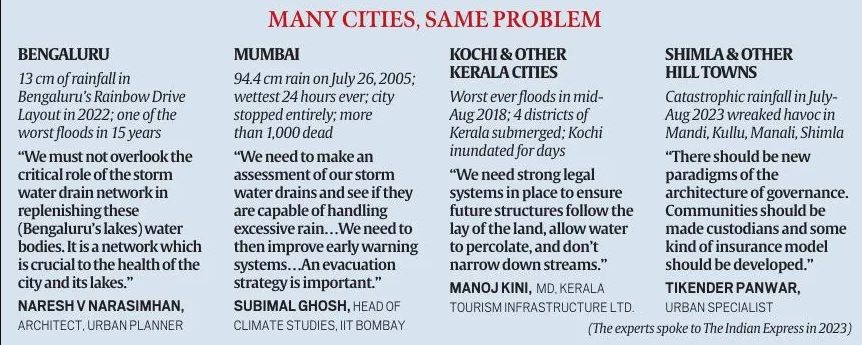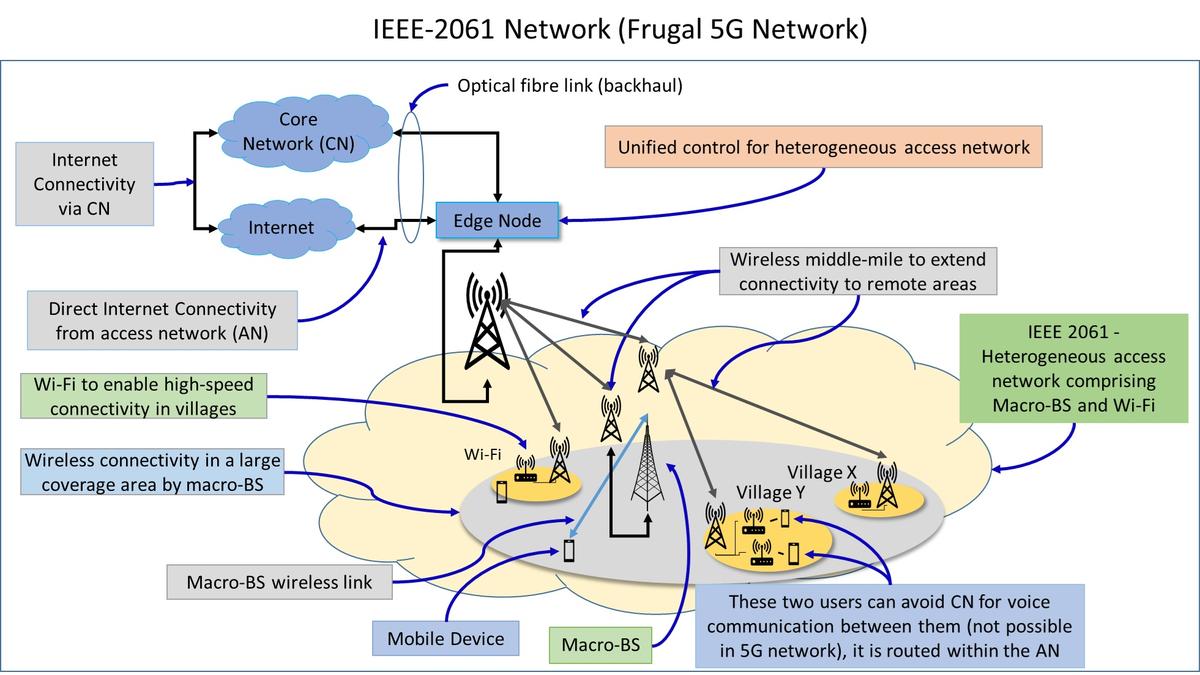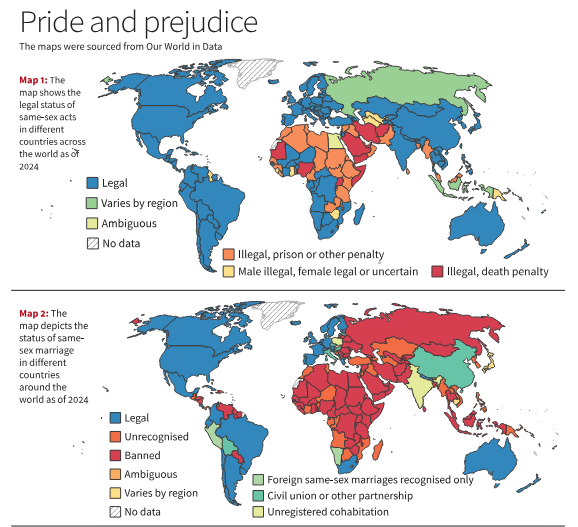| PYQ Relevance:
Mains:
Q. In the context of the neo-liberal paradigm of development planning, multi-level planning is expected to make operations cost-effective and remove many implementation blockages.” Discuss. (UPSC IAS/2019)
Q. ‘Whether National Commission for Scheduled Castes (NCSC) can enforce the implementation of constitutional reservation for the Scheduled Castes in the religious minority institutions? Examine.
(UPSC IAS/2018) |
Note4Students:
Prelims: Definition of Liberalism;
Mains: Challenges to liberalism;
Mentor comment: Politics, like philosophy, aims to reconcile diversity, where contradictions converge in a multicultural society. Understanding this harmony reflects an idealistic state that prioritizes coexistence and universal welfare. However, global democratic history reveals ongoing challenges to liberalism, which safeguards against authoritarianism and protects civil rights. Amid rising sectarianism, the fundamental question persists: Who deserves basic rights? This issue underscores civil discrimination, racial politics, and xenophobia, exacerbated by the rise of right-wing nationalism and global migration dynamics.
Let’s learn.
–
Why in the News?
There remains a glimmer of hope in the resilience of democratic forces, which can effectively counteract and uproot any divisive political aberration when the time is ripe.
What is Liberalism?
- Liberalism is a political and philosophical ideology that emphasizes individual rights, liberty, equality under the law, and limited government intervention in personal and economic affairs. It advocates for freedoms such as freedom of speech, press, religion, and assembly, and supports democratic processes, rule of law, and protection of civil liberties. Liberalism typically promotes social progress through tolerance, pluralism, and a commitment to human rights and justice.
|
Electoral outcomes
- Shift in Public Opinion: There is a noticeable shift towards conservative and right-wing ideologies, marked by sentiments such as climate scepticism, anti-migration views, and nationalism. This trend was reflected in recent elections both in Europe and India.
- Voter Response: Despite expectations favouring right-wing outcomes, the electorate, particularly in India, was surprised with a strong rejection of what was perceived as authoritarianism and communalism. This indicates a robust defense of democratic values and fundamental rights.
- Impact on Minority Communities: The election results have been seen as a reassurance to minority communities, particularly Muslims, who felt marginalized and insecure due to perceived policies of exclusion and communal tension.
- Democratic Fortitude: The outcome is portrayed as a reaffirmation of democracy’s strength in allowing for checks and balances against oppressive regimes and divisive politics.
- Hope for Robust Opposition: There is optimism about the emergence of a strong opposition capable of holding the government accountable, promoting debate, and safeguarding diverse civil society interests.
- Challenges and Aspirations: The electorate expects rational governance, justice, and responsiveness to marginalized groups’ issues such as poverty, unemployment, and hunger.
- Ethical Governance: Emphasis is placed on governance that respects human rights universally, avoiding discrimination or exclusion based on ethnicity, religion, or political affiliation.
Verdict and the Advent of Hope
- Challenge to Democracy: The passage highlights a global erosion of democratic values, with right-wing governments accused of manipulating truth and resorting to oppressive tactics to maintain power.
- Call for Tempered Liberalism: There’s a plea for ruling dispensations to embrace a more moderate form of liberalism, abandoning illiberal practices that undermine democratic norms and freedoms.
- Role of Opposition: Expectations are set on opposition alliances to uphold principles of humility, pluralism, and modesty, providing a counterbalance to dominant political forces.
- Philosophical Reflection: The outcome of elections prompts reflection on political astuteness and statesmanship, essential for navigating the trajectory of democracy amidst global challenges.
- Natural vs Civil Order: Drawing from Spinoza, the clash between natural self-interest and civil responsibility underscores the necessity of societal order governed by law and morality to prevent chaos and uphold rights.
- Hope and Scepticism: The Indian electoral outcome reflects a dual sentiment of hope and scepticism, shaping the future direction of democracy and fostering philosophical introspection.
Challenges to liberalism:
- Rise of Right-Wing Sentiment: There is a global trend towards right-wing ideologies, marked by climate scepticism, anti-migration sentiment, and nationalist fervour, posing challenges to liberal values and policies.
- Authoritarianism and Communalism: The resurgence of authoritarianism and communal politics threatens democratic principles and societal harmony, particularly impacting marginalized communities like Muslims.
- Hope and Despair: The electorate’s response reflects a mix of hope and despair, with optimism placed in a robust opposition and democratic institutions to safeguard fundamental rights and uphold civil society diversity.
- Balancing Public and Private: The need for a nuanced approach in reconciling private religious beliefs with public, politicized lifestyles without diminishing individual rights is crucial for fostering a tolerant society.
Way forward:
- Policy Reforms: Implement inclusive policies that address economic disparities, social inequalities, and regional disparities effectively. This includes measures to tackle poverty, unemployment, and hunger through targeted welfare programs.
- Social Integration: Foster initiatives that promote social cohesion and integration across diverse communities. Encourage dialogue and understanding among different cultural and religious groups to mitigate communal tensions.
- Democratic Checks and Balances: Enhance the autonomy and effectiveness of democratic institutions such as the judiciary, election commissions, and anti-corruption bodies. Ensure they operate independently and transparently to uphold democratic principles.
- Dialogue and Consensus-Building: Foster inclusive decision-making processes that involve stakeholders from diverse backgrounds. Encourage political parties to engage in constructive dialogue and seek consensus on key policy issues.








